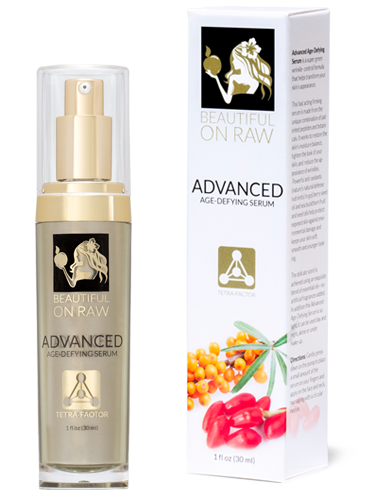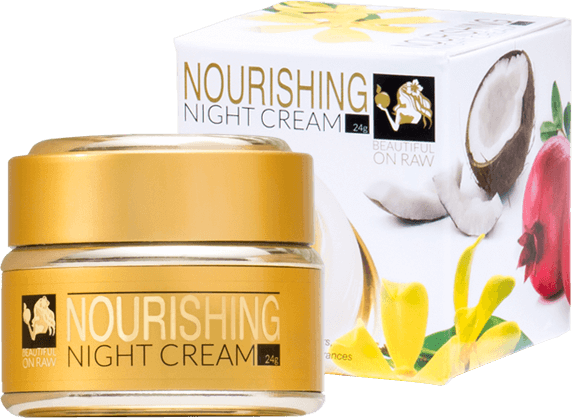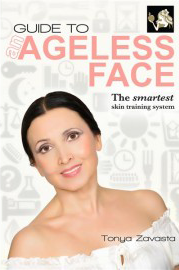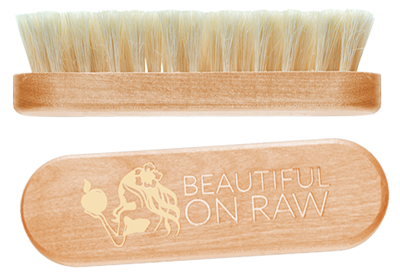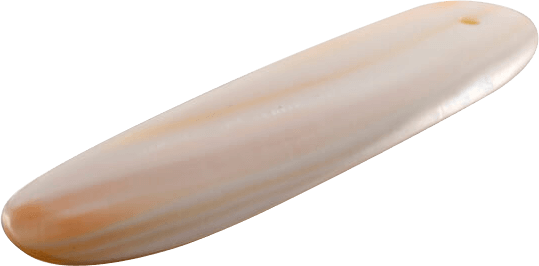Chemical Peels: Why Would You Want One?

Chemical peels are the choice of thousands of women (and a few men) every year, a choice that promises to resolve all superficial skin problems, from sun damage to wrinkles to scars. Advertisements make it sound like it’s no big deal. Minimal side-effects. Speedy recovery. Fabulous results. So why am I not getting one?
Just as the name implies, a chemical peel involves a solution of acids applied to your face, with the purpose of destroying the skin cells and allowing new ones to grow in their place. Depending on how deep the solution penetrates the skin, an experience ranging from tingling to burning is to be expected.
Chemical Peel Varieties
Not all peels, however, are created equal. There are choices on how deep you want the peel to go. Glycolic peel (AHA), Jessner’s and the Vi Peel are the mildest, and allow you to get back to your normal life quickly, as long as you apply some covering makeup over treated areas. Most likely you’d continue with AHA home-based applications for maintenance. The trichloracetic acid (TCA) peel is the medium-duty peel, meant to address deeper-laying skin problems. You can also repeat milder TCA peels to achieve cumulative effects.
Then there are deep peels, such as phenol or croton oil peels, with more discomfort and longer recovery time. They go deep enough to cause second-degree burns to the skin. Only once in a lifetime, if at all, should anyone go for one of these. So arduous a procedure is the deep peel that you may be put on a heart monitor and receive IV fluids during the procedure, because phenol is toxic if absorbed in large doses.
The potential for side effects, unintended damage and complications grows with the depth of the peel and with every subsequent peel you decide to undertake. The peeling of the treated skin, pain, crusting, oozing, redness, and swelling are all normal signs of the healing process following a chemical peel. You’re advised to avoid any sun exposure until your skin heals completely—up to six months for deep peel. Most patients find it most comfortable to avoid contact with other people for a few days after a heavy peel.
One consolation … swelling will make your wrinkles appear less visible, or even disappear for a time. So does this mean you can relax and enjoy your improved appearance now? Not so fast. It may be that the ordeal isn’t quite over.
At Home Post - Peel Care and Discomfort
At-home post-peel care is something to be expected after any peel. The deeper the peel, the longer and the more involved this home care will be. If you don’t think of post-peel discomfort being a big deal, then I invite you to visit some forums where people share their experiences. Here’s one quote: “I feel my skin reacted and soaked up the chemicals far deeper than was intended for a first time, and that led me to developing pigmentation due to the damage to my high-risk skin type. I had no pigmentation beforehand so am devastated. It is impossible to hide, it appears grey under even the heaviest concealers/foundations. Even Dermablend doesn't cover it without a truckload- which then looks gross and rubs off.
Chemical Peel Risks
There’s more. Like any surgical procedure, skin peels carry risks such as infection (especially for past herpes sufferers), bleeding, allergic reaction, adverse reaction to anesthesia, hematoma or seroma (an accumulation of blood or fluid under the skin that may require removal). You could even cause damage to underlying structures. Nor will your results necessarily be very satisfying—you might need further procedures.
Here’s a list of other risks specific to chemical peels:
- scarring
- abnormal healing
- unanticipated color changes or blotchiness, including skin bleaching
- eruption of cold sores (herpes virus) or tiny whiteheads
- increased sensitivity to sunlight.
Chemical peels have been around a long time. Deep chemical peels, after long recovery, do give impressive results, initially. These deep peels produce injury within the dermis and claim they can reverse photo aging and wrinkles. How? The first layer is burned and tissues become swollen, the face puffs and looks like the wrinkles have disappeared. But for how long?
What about the Long - Term Effects?
More importantly, perhaps, have you asked women of older generations how their skin fared long term after repeated chemical peels? I have. My mom was a big fan of chemical peels, as were several of her friends and acquaintances. I remember her swollen face, when she came come back from treatments. I met several of these ladies recently when I went to visit to my childhood hometown. They’re all in their seventies, now, with skin more wrinkled than some of their peers who did little or nothing by way of “skin care” in youth! Perhaps not a surprise. After all, harsh chemicals are detrimental to our health, so why would they be beneficial to our beauty?
Our outer skin is a reflection of our internal health. If you are doing the peel alone but do nothing to change your inner terrain, you are doomed to experience the same old effects of aging skin. Even websites praising peels don’t guarantee they’ll last.
Your skin continues to age, and you continue to move those facial muscles, after all. You will head out for another peel and yet another, increasing not only your risk of complications, but also increasing the chemical concentration you’ll need to achieve prior results. All that, plus a $542 average cost, and a day to a week of recovery time.
Are there Alternatives?

Maybe rather than fighting a losing battle with the symptoms of aging skin, we can go to the root of the problem, and let the body’s periphery—the skin—manifest the new health of the center. When your vital organs are healthy—intestines, liver, kidneys, blood, and lymph—then your skin has no option but to follow suit.
Infinitely better than the chemical peels, and virtually risk-free: manual exfoliation.
In my experience, facial dry brushing is one of the best and most convenient methods for manually exfoliating your face. I offer an inexpensive yet effective Facial Brush for Glowing Complexion on my site which many find excellent for dry brushing.
Another option to consider for exfoliation is the Facial Strigil. This remarkable beauty tool can help to promote an even complexion and finer texture, boost collagen, elastin production and stimulate cell renewal as well as improve blood circulation. Learn more about manual exfoliation in my last week's Blog article, Exfoliation: The Best Kept Secret for Beautiful Skin .
UPDATE: Take a look at my new WrinkAlign Forehead Patch, an easy yet effective method to reverse deep expression lines much more affordably … and with no negative side effects. You may see results as quickly as two days--definitely within a week of regular application, thanks to WrinkAlight's high moisture content.

